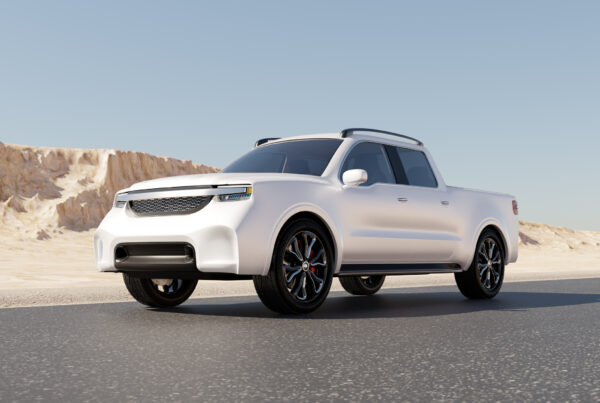A recent study has shown that Australia’s real-world CO2 emissions from light-duty vehicles (LDVs) are about 50% higher than major international markets like China, Japan, the European Union (EU), and the United States.
According to the International Council on Clean Transportation (ICCT), the widening difference between real-world and laboratory-type approval (or laboratory-tested) CO2 emissions puts Australia at a disadvantage and poses challenges to meeting carbon reduction goals.
One key issue adding to the growing gap is the difference between laboratory-tested CO2 emissions and real-world estimates in Australia. Current testing protocols increasingly underestimate on-road emissions, contributing to the growing difference in real-world performance between Australian cars and those in major global markets.
The ICCT’s findings reveal that Australia is likely to fall further behind without intervention.
Some recommendations from the ICCT include “implementing ambitious and properly designed fuel efficiency standards to catch up with major international markets and put the country on the pathway to meet its decarbonisation targets.”
Furthermore, the ICCT said that “…any new Australian standards must be carefully designed to effectively reduce not only [laboratory] type-approval CO2 emissions but also real-world emissions”.
This month, the Australian government announced the New Vehicle Efficiency Standard which includes setting an average national limit on CO2 emissions for every kilometre driven for all new cars sold.
Did you find this article interesting? Click the ‘heart’ button above to give it a ‘like’!





















